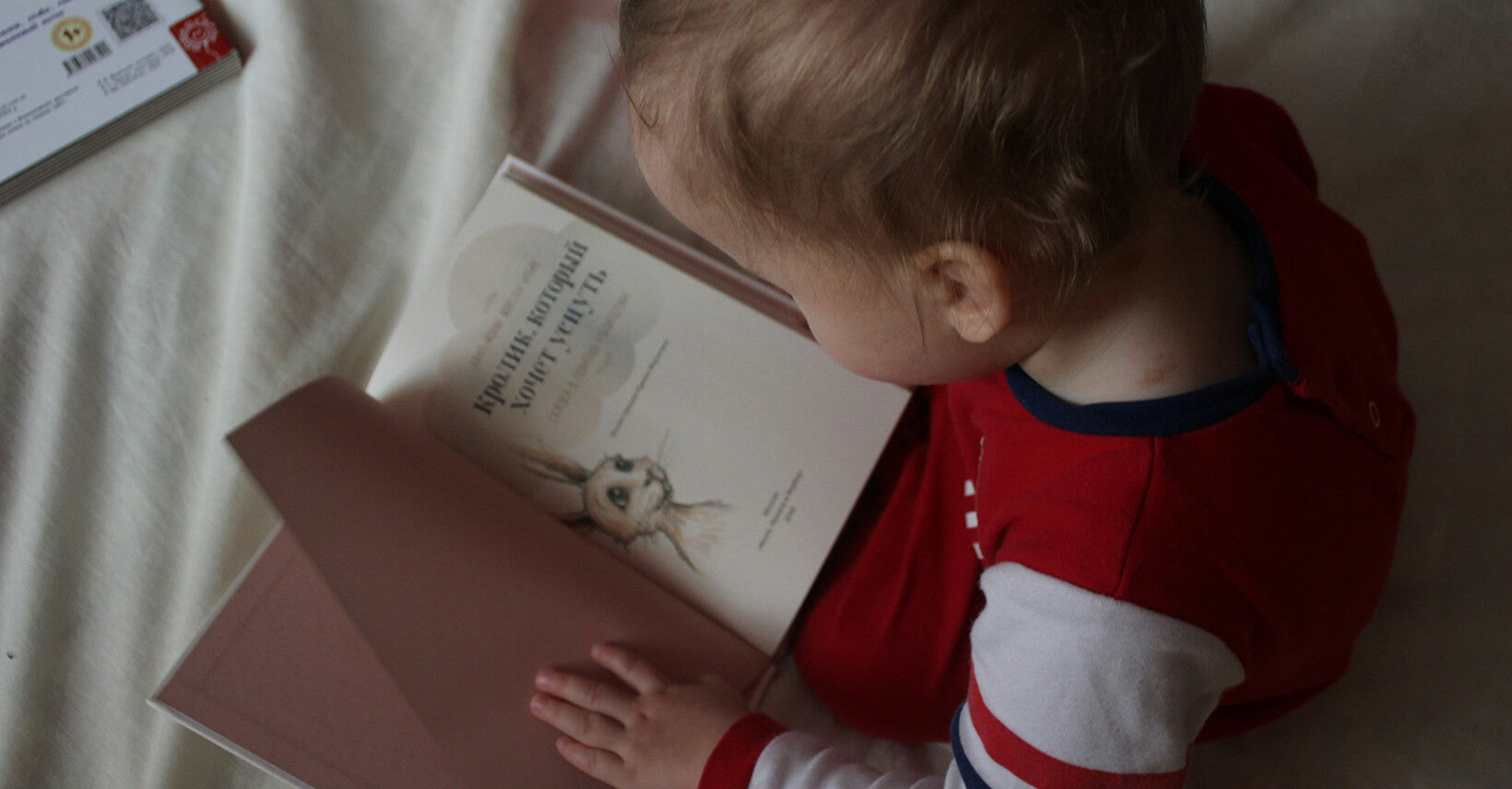


Parents often think about a question: when does a toddler stop napping? It's a milestone of a toddler's daily routine. Understanding the typical age at which toddlers begin to give up naps can help parents cope with this transition. Let's explore this developmental stage and what it means for toddlers and their parents.
Stop napping is a natural stage in a toddler's development and may vary from person to person. Some toddlers may continue to nap until they are three or four years old, while others may begin to give up naps as early as age two. It is important that parents recognize the signs that their toddlers may be ready to stop napping and adjust their routines accordingly.
Most toddlers are generally stop napping between ages 3 and 5.
Before adjusting your toddler’s sleep routine, you should recognize the signs that your toddler is ready to stop napping.
One sign that a toddler may be ready to stop napping is a significant decrease in the length of their naps. Instead of sleeping for an hour or two at their usual nap time, they may only nap for a short time or not at all. This change suggests that their bodies may no longer need as much daytime sleep as they once did.
Toddlers who are ready to stop napping may also begin to have difficulty falling asleep at their usual nap time. Some toddlers even take an hour to fall asleep. They may resist nap time altogether and show signs of irritability or agitation when toddlers are placed in their cribs or bed by their parents. Difficulty falling asleep may indicate that their body's natural sleep patterns are changing and they no longer need daytime naps.
Another sign that a toddler may be ready to stop napping is whether or not they can consistently sleep through the night without interruption. When toddlers no longer need daytime naps, they usually can sleep into longer periods at night. Parents may notice that their toddlers sleep through the night, indicating that they have met their sleep needs and no longer need additional daytime naps.
Toddlers who are ready to stop napping will also show increased activity and engagement during the day. Instead of appearing tired or irritable, they will appear more energized and eager to participate in activities. These increased activities suggest that they can stay energized throughout the day without needing naps.
Observing a toddler's consistent wakefulness patterns throughout the day can also indicate that they are ready to stop napping. If they wake up at the same time every morning and stay consistently awake until bedtime without showing signs of fatigue, this suggests that they are ready to stop napping during the day.

What can parents do when they find their toddlers are ready to stop napping?
One way to help your baby stop napping is to gradually reduce their nap time over time. Start by reducing the nap time by 15-30 minutes and then gradually reduce it until they are no longer napping. This gradual approach will allow your baby to adjust to the change without causing too much disruption to their sleep routine.
To make up for the loss of canceled naps, consider adjusting your toddler's bedtime and wake-up time. Move their bedtime slightly earlier to ensure they get enough nighttime sleep to meet their needs. Likewise, wake them up a little earlier in the morning to help keep their sleep schedule consistent.
Encourage your baby to engage in quiet activities instead of napping during their nap time. Try to let them read a book, play with a puzzle, draw, do crafts, or do other quiet activities that promote relaxation. This will allow them to rest without actually falling asleep.
Consistency is key to helping your baby transition away from naps. Create a consistent daily schedule that includes regular meal times, playtime, and rest time. Sticking to the same schedule every day can help your baby adjust smoothly to the new routine.
Make sure your toddler's sleep environment is conducive to a restful night's sleep, even if they are no longer napping. Keep their bedrooms dim, and quiet, and give your baby a cozy sleep sack to promote relaxation and encourage overnight sleep. Establish a calming bedtime routine that signals to toddlers that it's time to relax and get ready for bed.
How much sleep does a toddler need? Sleep needs vary depending on your toddler's age and personal factors.
The average toddler needs 11 to 14 hours of sleep a day, including nighttime sleep and daytime naps. As toddlers get older, they may gradually reduce the total amount of sleep they need. Most toddlers transition to only one nap per day around 12 months to 2 years of age. It is important for parents to observe their toddler's sleep patterns and behaviors to ensure they are getting enough rest to support their growth and development.
|
Toddlers (1 to 3 years old) Total Sleep Needed: Average of 11 to 14 hours of sleep per day. Nighttime Sleep: Approximately 10 to 12 hours per night. Daytime Naps: Usually 1 to 2 naps totaling 1 to 3 hours. Sleep Patterns: Toddlers may gradually transition from two naps to one nap per day by around 12 months to 2 years old. When stop napping: Generally between ages 3 and 5. |
In short, the time at which a toddler stops napping varies from person to person. Some toddlers may continue to nap until age 3 or 4, while others may begin to give up naps as early as age 2.
Parents should know the signs that indicate a toddler is ready to transition away from naps which can help parents capitalize on this developmental stage. At the same time, parents must always be aware of their toddler's individual sleep needs and adjust their routines accordingly. Parents can help their toddlers make a smooth transition to a non-nap schedule.

Lily Hou
An expert in sleep sack design, is a valued contributor to Kaiya Baby's blog. With a strong background in baby sleep bags and maternal care, she is highly regarded for her professionalism. Lily prioritizes baby comfort and safety in her designs, using high-quality materials. Her insightful articles on sleep bags have been featured in reputable publications and have gained a significant readership. Trust Lily to help you create a comfortable and safe sleep environment for your baby, backed by her proven track record in the industry.
Leave a comment
This site is protected by hCaptcha and the hCaptcha Privacy Policy and Terms of Service apply.